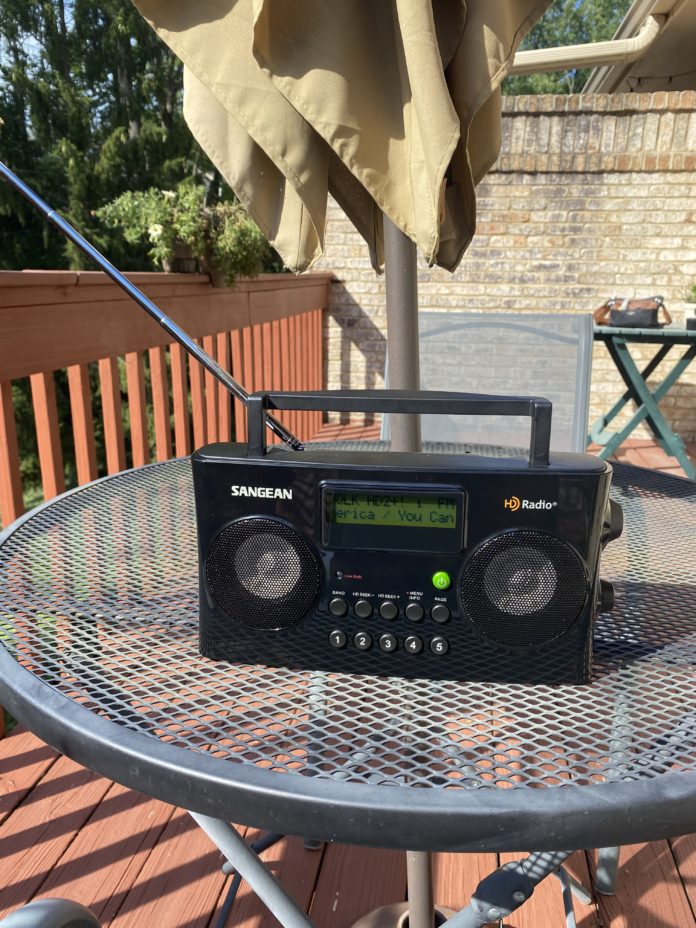Travel across Europe, and you’ll find few medium-wave choices on the AM dial. In Madrid, seven spoken word stations can be found. In Amsterdam, two AM stations can be heard. But in such cities as Paris, Munich, Florence and Vienna, there are no longer any AM stations to tune to.
In Asia, AM’s resilience is notable, with many stations to tune to in Taipei, Manila, and across Australia and New Zealand. At present, Japan is a locale where AM radio lives, too. But, according to local media reports, that may not be the case in the next several months.
According to Kyodo News, a host of commercial radio broadcasters over the last four months have been engaging in what it calls a trial suspension of AM radio broadcasts.
While DAB+ is not present and the majority of radio listeners in Tokyo tune to stations between 76.5 MHz and 93.0 MHz, AM radio, like in many parts of the world, is falling out of favor.
Thirteen of the 47 commercial operators in Japan shut off their transmitters — simply to see what effect the “temporary end” of AM broadcasts will have.
With AM radio celebrating its 99th year in Japan this year, some fear a centennial celebration in Japan won’t happen.
Broadcasting in Japan emerged five years after the world’s first radio broadcast in the United States, ahead of the Second World War. In recent years, Kyoto News notes, aging equipment and studios — along with the cost of operating an AM radio station — made such facilities fall out of favor in Japan.
Meanwhile, as the NAB and U.S. broadcasting leaders seek to keep AM radio accessible in all vehicles by proclaiming its essential role in a time of emergency, Japanese counterparts claim the size of AM infrastructure makes kHz-based stations “more vulnerable to natural disasters such as tsunamis, floods and earthquakes.”
In contrast, the Japanese thought is that higher-frequency FM broadcast facilities, which are installed on mountain tower sites or at higher elevations than AM sites, benefit from signals that can transmit well “even inside buildings.”
So, what happens if a natural disaster occurs, requiring immediate alerts to those that may not have a smartphone nearby? Kyoto News says AM radio operators in Japan have already been implementing complementary broadcasting called “Wide FM.” This, in essence, is a simulcast of an AM radio station on an FM.
During Hurricane Ian, Southwest Florida radio stations owned by iHeartMedia, faced with extreme flooding and threats to personal safety, simulcast iHeartMedia’s WFLA-AM in Tampa across its stations, as it was doing in Tampa-St. Petersburg-Clearwater during the weather emergency. It demonstrates the wide gulf between how AM radio is viewed in the U.S. compared to Japan.
In Japan, Ministry of Internal Affairs and Communications staff note that the trial shutdown of the AM radio stations could conclude as late as January 2025. What happens after that? “It will be up to each company to decide what to do.”
In April 2024, at an expert panel hosted by the ministry, one broadcast official said, “We hope that AM broadcasting will be promptly discontinued.” Podcasts and streaming audio apps are nascent in Japan, but are catching on with younger audiences.
With NHK the major radio station operators in Kyoto, Tokyo, Sapporo, and Fukuoka, their decision could have ripple effects on AM’s future in Japan. What could this mean for the American Forces Network Pacific?
AFN Tokyo uses 810 kHz to provide English-language American programs to members of the U.S. Armed Forces and non-government audiences seeking non-Japanese fare. In Okinawa, an FM at 89.1 MHz served as an essential sibling to “Surf 648 AM” across much of 2023, as the kHz-based facility went dark on March 20, 2023 so crews could repair a support wire for its broadcast tower. The station was silent for several months.
That said, the “AFN GO” app has been growing its use over the last year; Hal Pittman, Director of Defense Media Activity, discussed the shift to streaming by AFN in a May 2023 InFOCUS Podcast.
While there’s likely little audience sharing between NHK’s Japanese AMs and the English-language AFN service, the disappearance of most AMs could leave AFN Tokyo and “Surf 648” in vulnerable positions.
Or, they could simply transition to digital-only platforms as audio consumption, just shy of 100 years of service in Japan, moves forward based on what listeners — and the commercial radio industry — says is the best path. There, it is one without AM radio.




